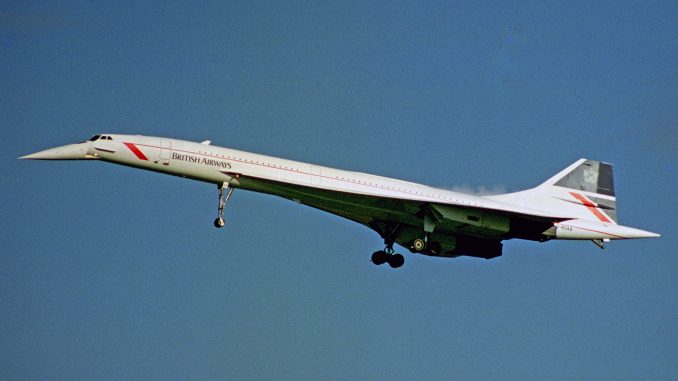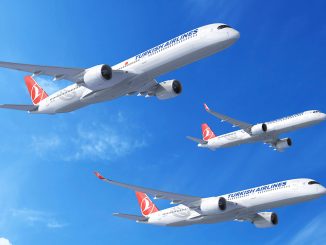
The world’s only successful supersonic airliner, Concorde, first flew 50 years ago today.
Technological marvel
On 2nd March 1969, Concorde 001 took to the skies for the very first time in Toulouse, France. While it was beaten to the supersonic ‘firsts’ club by the Soviet Union’s Tupolev Tu-144 (which first flew 2 months earlier), Concorde would go on to serve 27 years of regular passenger service as the flagship of British Airways and Air France. As such, it remains the only supersonic passenger aircraft to operate a successful service, longer than some other conventional subsonic airliners.
Concorde was decades ahead of its time, in fact there are several supersonic passenger transports currently in development, undergoing similar engineering evaluations as Concorde did – albeit 50 years earlier. Concorde was the first fly-by-wire airliner, in the sense that the controls weren’t directly linked to the control surfaces. It would be almost 20 years later, in 1987 before the first flight of the next fly-by-wire airliner: the Airbus A320.
Anti-lock brakes were also first seen on Concorde, designed to help the aircraft decelerate in a controlled manner from the higher-than-usual speeds required for take-off and landing. Concorde was also trimmed in a unique way. Instead of adjusting the control surfaces (this would affect the aerodynamics through supersonic flight), Concorde moved fuel around through 11 different fuel tanks to maintain its centre of gravity as it flew.
Hydraulic dams would move inside the engine inlets, creating shockwaves which would slow the air going into the four Rolls-Royce Snecma Olympus engines from 1,340 mph/2,158 kmh to just 500 mph/800 kmh in just 11 ft/3.3 m. This technology was previously reserved for fighter jets, and had never before been done on a scale as big as an airliner. Concorde could also ‘supercruise’, another feature reserved for the fastest of fighter jets. Supercruising means sustaining supersonic flight without the use of afterburners. Concorde would use afterburners to accelerate to mach 2.04, and then switch them off, sipping fuel compared to the Tupolev Tu-144, which had to cruise with afterburner enabled.
These are just a tiny example of the astounding engineering feats that the British and French engineers came up with over half a century ago. Today, the remaining 18 Concordes are all on display around the world at various airports and museums. Along with the Boeing 747, it remains one of the most recognisable aircraft in aviation history.
Matt is a Berlin-based writer and reporter for International Flight Network. Originally from London, he has been involved in aviation from a very young age and has a particular focus on aircraft safety, accidents and technical details.



